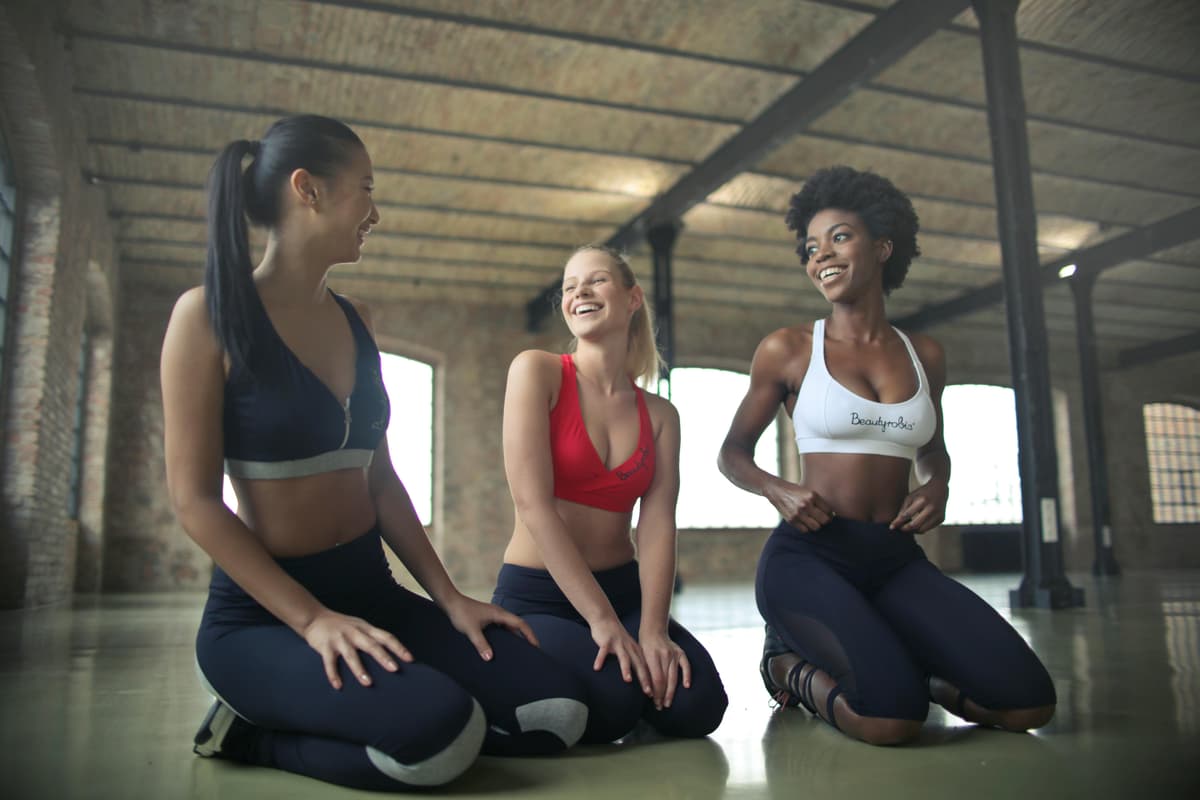
Zumba is a fitness program known worldwide for its energetic and engaging approach to exercise. Zumba combines dance and aerobics with upbeat music and provides a fun and effective workout for people of all ages and fitness levels. In this article, we will explore what Zumba is, its history, the class types, and the pros and cons of incorporating it into your fitness routine.

Zumba is an energetic fitness program that blends international and Latin music with choreographed dance moves. It incorporates coordinated training—alternating between slow and fast rhythms—to help improve cardiovascular fitness. Zumba routines often feature diverse musical genres such as salsa, reggaeton, merengue, and hip-hop, making it dynamic and entertaining.
The history of Zumba dates back to the mid-1990s in the United States and was created by Alberto “Beto” Perez, a Colombian dancer and choreographer. Beto was teaching an aerobics class but one day forgot his usual music and instead used the salsa and merengue tapes he had in his backpack. The improvised class was a hit, and this happy accident led to the creation of Zumba. In 2001, Beto partnered with entrepreneurs Alberto Perlman and Alberto Aghion to launch Zumba Fitness, LLC, which included a series of Zumba DVDs. The program quickly gained traction and is now practiced globally.
Zumba welcomes all people and has evolved to include a variety of specialized classes tailored to different preferences and needs:
Zumba: The original routine combines aerobic and dance elements to create a full-body workout.
Aqua Zumba: This class adapts the Zumba formula to the water by combining Zumba choreography with water resistance exercises, providing a low-impact workout perfect for those with joint issues.
Zumba Gold: Zumba Gold is designed for beginners or older adults and features lower intensity and easier moves.
Zumba Toning: This class incorporates lightweight toning sticks to enhance muscle conditioning and calorie burning which ultimately helps individuals improve body tone.
Zumba Sentao: Zumba Sentao uses a chair as a prop to enhance strength and resistance training.
Strong by Zumba: A moderate/expert level workout where every move is synced to a beat, focusing on strength and conditioning.
Zumba Kids and Zumba Kids Jr.: This class is tailored for children aged 4–12 and features kid-friendly routines and games which promote coordination, physical activity, and social skills.
Average Heart-Rate Response to a Zumba Class
Time | Zumba Class Heart Rate |
|---|---|
10 minutes | 145 |
30 minutes | 135 |
50 minutes | 150 |

This flexible and high-energy workout offers an engaging and fun way to stay fit. However, like any exercise routine, Zumba has its own set of advantages and disadvantages:
Risk of injury: The fast-paced and high-intensity nature of Zumba can lead to risk of injuries if participants are not careful.
Not suitable for everyone: Individuals with certain medical conditions or physical limitations may find Zumba too intense for their needs.
Learning curve: Some individuals may find the Zumba dance moves and routines difficult to master, which can be discouraging.
Variable intensity: The intensity of Zumba can vary greatly depending on the instructor, which might not always match with participants’ fitness levels. It’s important to discuss your needs and limitations with your instructor before participating.

Zumba has changed the way people approach exercise and offers a creative and unique blend of fun and fitness, making it an appealing option for many. Its extensive history and variety of class types ensure that there’s something for everyone, whether you’re looking to build strength, lose weight, or simply enjoy an energetic workout. While Zumba has several benefits, it’s essential to approach the routine with an understanding of its potential challenges and to participate in classes that match your fitness capabilities. With the right approach and attitude, Zumba can prove to be a highly rewarding addition to your fitness routine.